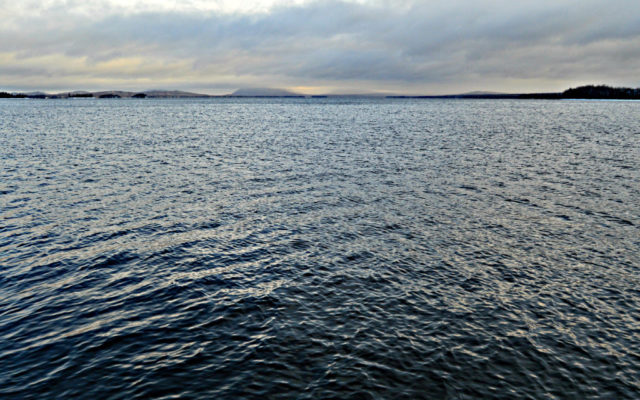
Moosehead Lake fishing report — Rainbow Lake Dam reconstruction
Seems like everyone is pulling out dams these days. It certainly makes sense in areas where anadromous fish species have been prevented from accessing important spawning and nursery habitat. These fish have been severely impacted by dams with no fishways.
However, dams are great up in this neck of the woods. Now, I don’t think we need to build any new dams, but dams can be extremely beneficial for fisheries management. We have a great working relationship with Brookfield which operates the dams on the Kennebec and Penobscot rivers, as well as Kruger that operates the dams on Lower Wilson Pond and the Piscataquis River. These companies go out of their way to help us when it comes to managing the fisheries resources. We have flow agreements that not only benefit the fish, but also the angler. Think of what the fishing would be like on the East Outlet, Moose River, West Branch of the Penobscot and the Roach River if there was no water storage in the lakes upstream. I think the phrase “catch as catch can” would be very appropriate.
Dams also provide protection from ever-expanding invasive fish. It’s sad to look just to the south of us and see the rapid spread of crappie, bass and northern pike. Recently, we have confirmed bass in the entire Moose River drainage above Brassua Lake and in Hebron Lake and the Davis ponds. Northern pike were introduced into Pushaw Lake in Bangor and now have the run of the Penobscot/Piscataquis River all the way to Dover-Foxcroft. We are extremely lucky in the Moosehead Lake region that we still have a lot of intact wild and native fish populations, especially brook trout. Dams provide an opportunity to prevent the spread of warm water species that will devastate these fragile coldwater fish populations.
This winter, we were involved in a project with The Nature Conservancy to rebuild a dam/barrier at the outlet of Rainbow Lake. This lake is one of just 14 Arctic char lakes in the lower 48 states (all in Maine) and it is the second largest. Like most lakes in the north woods, there has been some kind of a log driving dam on the outlet since the mid to late 1800s. The dam was a barrier to fish movement for a century, but it has been deteriorating and recently a few salmon were caught in Rainbow Lake. These salmon swam up the outlet which flows into Nahmakanta Lake. Salmon were first stocked in the Pemadumcook/Nahmakanta area in the early 1900s, after the dams were constructed. While most of us enjoy catching salmon and they are native to some lakes in Maine, they are not welcome in Rainbow Lake where they would compete with the unique char population.